Forage is a crop grown for an animal to eat. In the hunting game, that is typically a deer food plot seed grown to feed and attract. Twenty years ago, purchasing food plot seed was simple. There was clover, and there was, well…clover. Not so today. Now, there are literally hundreds of food plot forages to choose.
You can make developing a food plot as easy or as difficult as you want. (We choose easy.) So, two central questions to ask yourself when selecting food plot forage are, “What do I want my food plots to contribute to the overall property management program? Do I want something green to hunt over, or do I want something to nourish deer and wildlife all year long?” Once those questions are answered, the rest is easy.
Annuals and Perennials
If you’re just about attracting deer for fall hunting, you more than likely will be planting an annual forage in the late summer or early fall. Annual plants grow for a few months, mature, then die. On the other hand, if you want to attract and provide nourishment for your deer all year round, you are talking about growing both annuals and perennials.
We generally recommend planting at least 60% of a property in perennial forages, which leaves the other 40% for annuals. If you are just starting out, you may choose to run late-season annuals for a year or two. However, if you are serious about developing a property that holds and nurtures high-quality deer, your property should offer high-quality nutrition 24-7-365. That means planting both annuals and perennials.
Both annuals and perennials provide great nutrition with protein levels in the 25-35% range (depending on the season). The average Whitetail deer consumes 6-8 pounds of food per day and feeds approximately six times per day. An acre of food plot forage can provide four tons of high-quality forage per year. Good deer forages are highly digestible, and they are a real boon to wildlife.
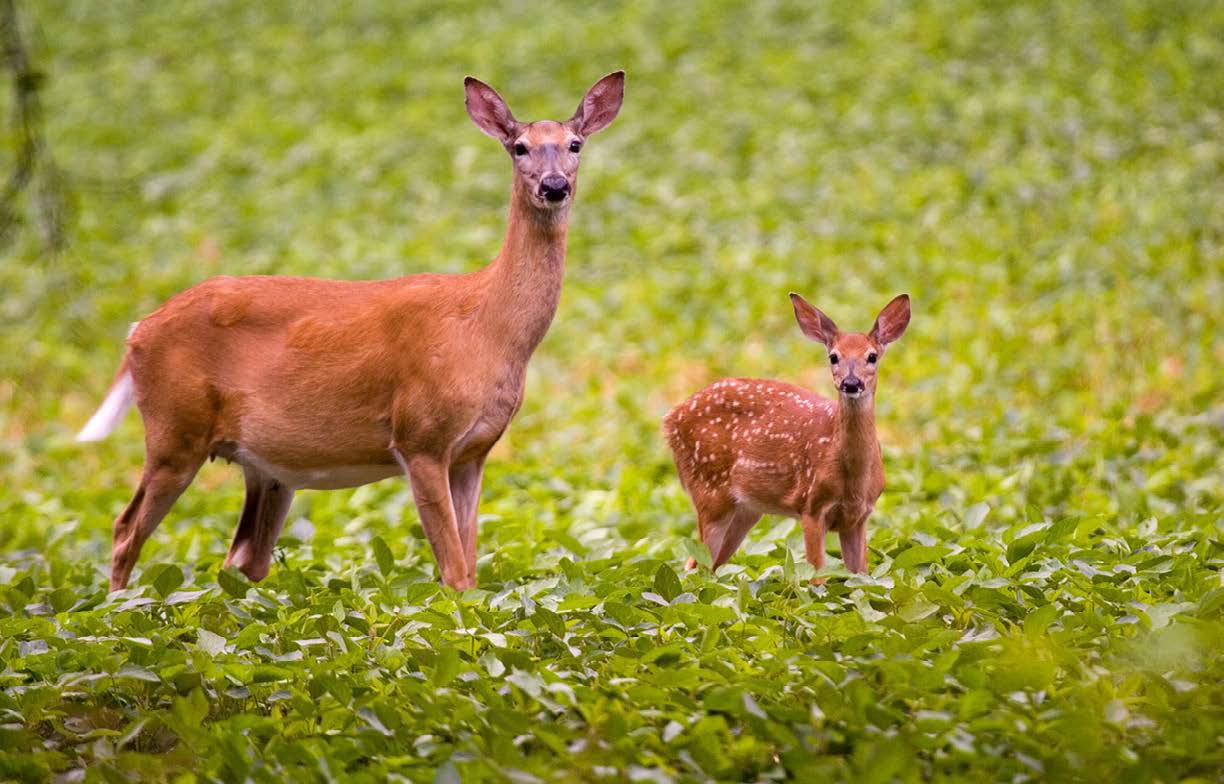
Perennial Blends
We like perennials because they green up early in spring and produce well into the late fall and early winter. That plan provides a way that lactating does and bucks growing antlers will always have something nutritious to eat.
Perennial food plot mixes are generally clover-based plots, which are just fine with Whitetails. Clover is the staple of the food plot industry, and that shows no signs of weakening. It is relatively easy to grow, easy to digest, and very nutritious, at 25% protein. Clover likes moist conditions and can tolerate “wet feet,” to some extent. However, it does not like hot, dry temperatures, and it generally goes dormant at about 850 F. Chicory, on the other hand, has a deep taproot and the plant likes it hot and dry. Blending chicory with clover is a very sound approach to perennial food plots.
Here is a list of the best deer food plot seed for all circumstances:
Most Trusted: Whitetail Institute – Imperial Clover
Year Round/Versatile: Antler King – RedZone
Easiest to Grow: Antler King – No Sweat No Till
Small Food Plots: Mossy Oak BioLogic Hot Spot
Drought Resistant: Whitetail Institute – Imperial Whitetail Extreme
Shade: Tecomate Shake & Rake
Most Trusted
Whitetail Institute Imperial Clover – $33.93 for a 4lb bag covers 1/2 acre
Strengths: Versatility, nutritional value, fast growth
Weakness: Price, typically more expensive than competition.
Whitetail Institute Imperial Clover is a great forage to choose when searching for a nutritious food plot seed for deer or even other wildlife. It is known for its fast growth, high protein, and other nutritional benefits (IE: phosphorus, potassium, calcium) giving deer and other wildlife long lasting vitality, strength, and antler growth. Its other strength is its versatility in all types of weather conditions as it can tolerate even the coldest temperatures ensuring you don’t waste your money when it comes to a long and cold winter.
Best Year Round
Antler King – RedZone / $49.99 for 20lb bag covers 1/2 Acre
Strengths: Variety of ingredients, price
Weakness: Other animals (like raccoons) may enjoy this product, too. Buy this directly from Antler King as some distributor buyers have reported getting old seed.
Antler King’s Red Zone food plot mix is designed to the hunter’s opportunity at a trophy buck no matter what season they hunt. Featuring a blend of forage and grain soybeans, peas, buckwheat, and sunflowers that mature at different periods throughout the year, Red Zone provides a high-quality smorgasbord to draw in deer all year. It delivers a high-protein source in the spring and summer for body and antler growth as well as high- energy food for surviving the fall and winter. Red Zone can be planted in the spring, summer, or fall at least 60 days before the first expected frost. A 20-pound bag will cover ½ acre.
 Easiest To Grow
Easiest To Grow
Antler King – No Sweat No Till Plot Mix – $19.99 for 4.5 lb Bag covers 1/4 Acre
Strengths: Grows in tough conditions with little to no maintenance (depending on your desired result)
Weakness: Bag says no till but a little ground maintenance does help growth. And just as before, best to buy direct from website and some distributor partners have sold old bags to customers with little to no germination (above link is direct to consumer).
Antler King No Sweat No Till is a great product for either those without a lot of equipment or those just opening the food plot door. It is designed to grow in areas with little preparation and in tough conditions. The blend includes clovers, brassicas, and cereal gains that provide a diverse diet for deer.
 Most Drought Resistant Deer Food Plot Seed
Most Drought Resistant Deer Food Plot Seed
Whitetail Institute – Imperial Whitetail Extreme – $42.99 for 5.6 lb bag covers 1/4 acre
Strengths: Cold and heat tolerant, lasts 5 years from one single planting, versatile in all soil types
Weakness: Price point
Whitetail Institute Imperial Whitetail Extreme is just as the name states – set to produce in even extreme conditions. With an outstanding nutritional profile, this blend contains alfalfa, clover, and cold-tolerant brassicas that provide nutrition during late fall and into the winter while other food sources may be scarce. It can be planted using all kinds of planting methods in all kinds of conditions.
 Best For Small Food Plots
Best For Small Food Plots
Mossy Oak BioLogic Hot Spot Seed – $16.99 for 5 lb bag – 1/8 acre
Strengths: Easy to plant (only need rake and blower), fast to germinate
Weakness: Will need access to water or rain shortly after planting or may not work
 Best Full Shade Deer Food Plot Seed
Best Full Shade Deer Food Plot Seed
Tecomate Shake and Rake – $24.99 for 4.5 lb bag – 5,000 square feet (about a basketball court)
Strengths: Grows in the shade and withstands early grazing pressure
Weakness: Difficult to find, best way to buy is the link above and go direct to consumer
More to Consider: Planting Big in a Tiny Food Plot
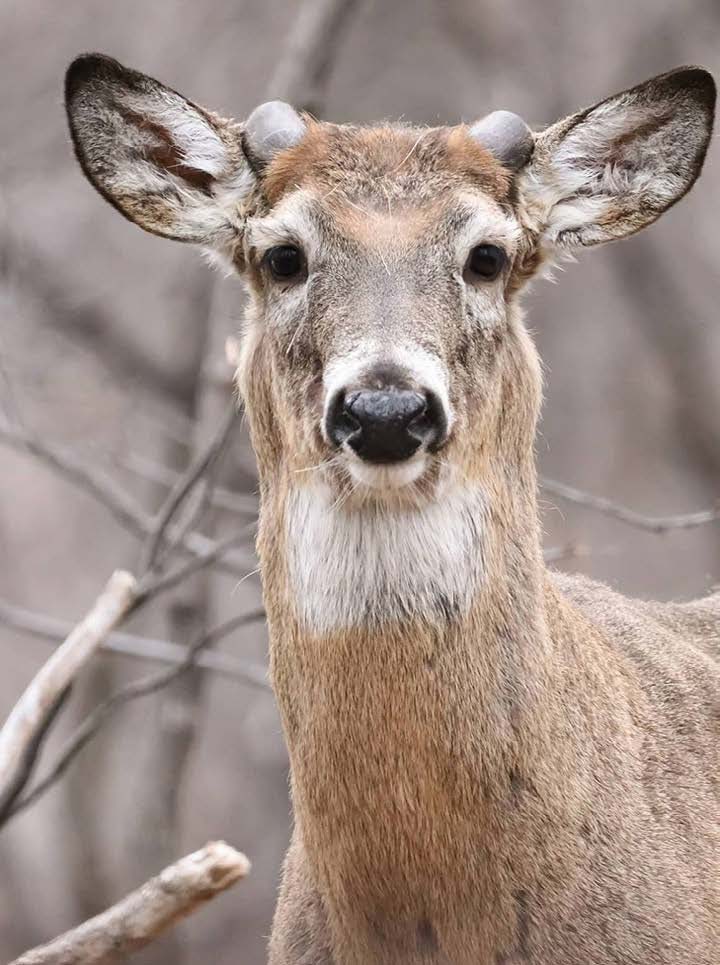
Annuals
The main objective of planting fall annuals is to attract Whitetails to hunting locations. Sure, late summer and early fall plantings feed deer, and some food is better than no food at all. However, especially in poor habitat areas, unless the seeding carries over into winter (like a few acres of brassicas or high sugar oats often will), deer are getting a free lunch just when they need it least.
All kinds of annuals are available for food plotters to choose. They range from grain-based annuals, like winter wheat, rye, and high-sugar oats; these are easy to grow and will generally stay green well into the winter. Whitetails love the tender young sprouts they put out and will stay on them until the sprouts reach 8-12 inches in height. After that, deer generally seek other forages (provided there are any around).
Brassicas is a favorite of northern food plotters. Its wide leafy plants are rich in protein (35%) and are highly attractive to deer after a hard frost or cold spell. Deer come to them like magnets during the late hunting seasons. Unless these are totally consumed, they will be used well into winter. These crops hold up well to snow and they provide excellent early winter food.
Seed manufacturers do a big business blending annual mixes for specific purposes. They bag blends for poor soils and hot dry locations. They make them for folks without any cultivating equipment and just about any other need a would-be food plotter would have. Specialty seed mixes vary by manufacturer but it’s hard to find a need that hasn’t been addressed by someone.
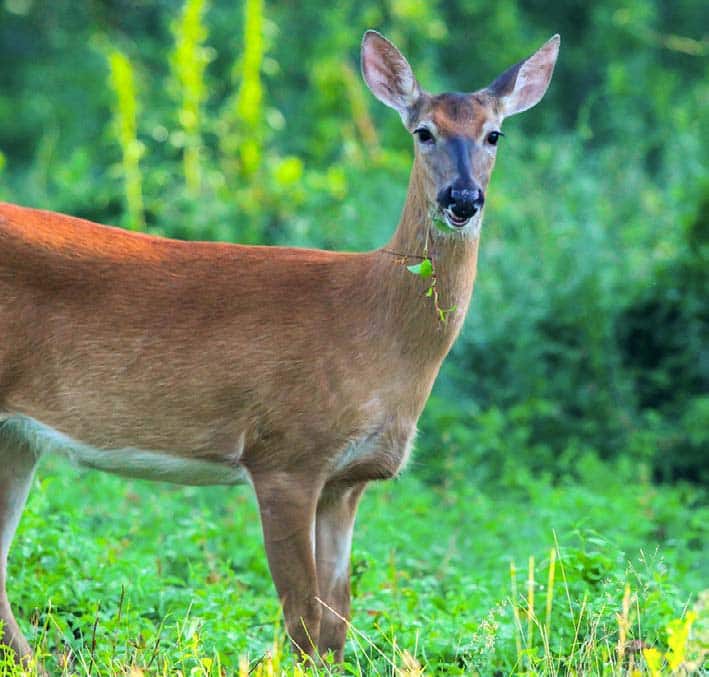
Balance Your Blends
I prefer a mixture of high-protein forages that stay available all year from early spring through winter. You want to try to meet the nutritional needs of lactating does, nursing fawns, and bucks growing antlers, so for all those purposes, clovers, chicories, brassicas, and some alfalfas are hard to beat.
We only plant brand-name forages designed for deer. These blends grow low and dense and are low in stem material (except brassicas stalks) or lignin. Their density keeps down competing weeds. They’re designed to be grazed, and, as such, mature at different times of the year.
These forages have been thoroughly researched and engineered to perform as advertised. They save you huge amounts of money and time, and your deer will thrive on them. Bass Pro Shops carries a complete assortment of brand-name food plot forages. So, make it easy on yourself; buy brand-name forages from brand-name retailers.
Avoid Cattle Forages
A note of caution: we recommend staying away from cattle forages such as some red clovers, tall white ladino clover, and timothy grass.
Cattle forages like these are grown to be chopped or baled and fed dry to cows and horses. They are high in coarse stem materials and lignins, which deer do not digest as well as cattle do. They also don’t stand up well to the constant grazing that deer are apt to do.
Cattle forages are often blended and sold at local feed and seed stores at prices 10-15% under what brand-name seeds sell for. But buyer beware—while they will no doubt grow, you will do much better with blends designed expressly for Whitetails. There is nothing simple or easy about developing and blending deer forages, however staying away from cattle forages is an easy way to avoid disappointment.







































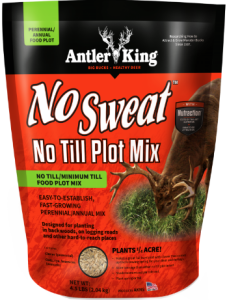 Easiest To Grow
Easiest To Grow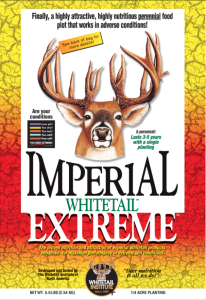 Most Drought Resistant Deer Food Plot Seed
Most Drought Resistant Deer Food Plot Seed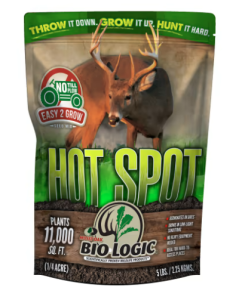 Best For Small Food Plots
Best For Small Food Plots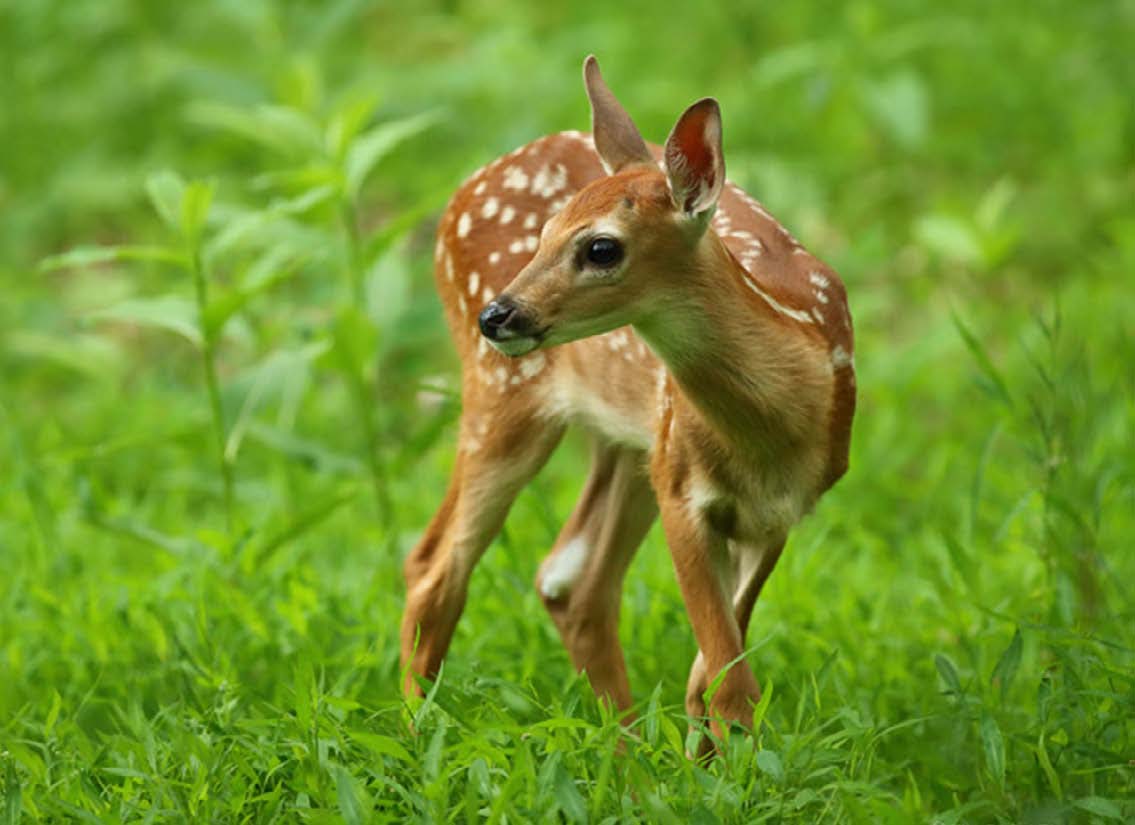 Best Full Shade Deer Food Plot Seed
Best Full Shade Deer Food Plot Seed




